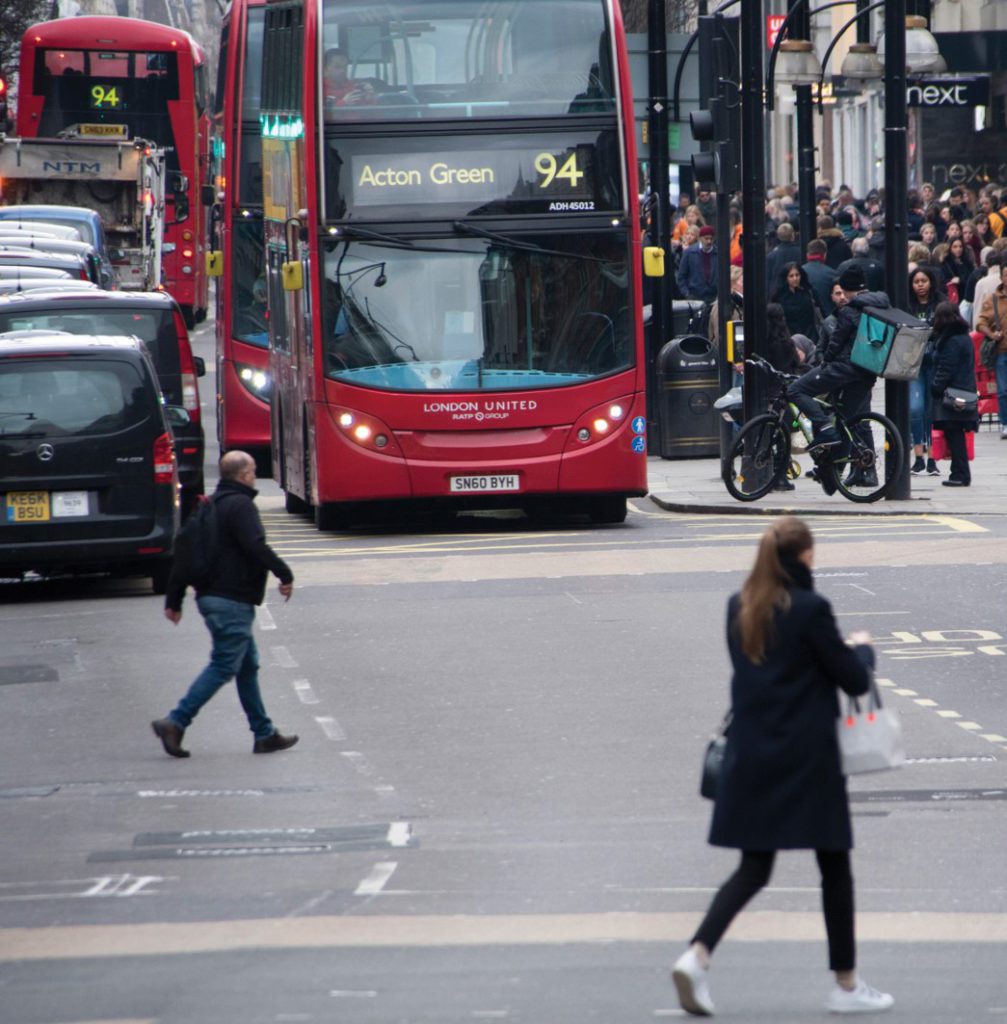ELIPTIC process evaluation identifies drivers and barriers for project implementation
 Interviews and focus groups were held at different stages throughout the project. The interviews assessed the status, impacts, successes and problems in the implementation of all measures. The process evaluation revealed a range of drivers and barriers for cities that are here discussed, whereas similar patterns appeared within and across the different cities.
Interviews and focus groups were held at different stages throughout the project. The interviews assessed the status, impacts, successes and problems in the implementation of all measures. The process evaluation revealed a range of drivers and barriers for cities that are here discussed, whereas similar patterns appeared within and across the different cities.
Important drivers for the efforts of the use of electricity from existing public transport grids to power electric bus charging points were, good partnership dynamics and a positive local image of e-mobility. At the same time, seamless implementation was inhibited as technological standards were often insufficient to ensure interoperability and caused unexpected delays. In several cities, the lack of sufficient staff qualifications for driving and handling of e-buses posed an additional problem.
Similar results were found in the cities working with hybrid trolleybuses. The implementation of measures was enhanced by a supportive political framework and high local popularity of trolley buses in the municipalities. As a main barrier, a general lack of expertise on trolley buses led to difficulties in finding specialised suppliers. Moreover, newly introduced batteries and charging systems were sensitive to technical failures and often unreliable in operation.
Technical failures were also the main constraint for cities that applied technologies for braking energy recuperation and storage, especially concerning the realisation of optimised energy recuperation systems. Again, this was mostly due to missing technological standards and a lack of specialized technical providers. Partners in the respective cities recommended different technological set-ups and further research on energy recovery systems.
The main barrier for the usage of electricity from existing public transport grids to power multimodal charging hubs consisted of legal unclarities on the sale of electricity in several countries. As a main driver, regulatory burdens in the municipalities were reduced in those cities where advantageous infrastructural conditions facilitated the installation of charging points.
The drivers and barriers identified in the evaluation process will serve as the basis for information and recommendations for other European cities in the implementation of electric public transport measures.
|
Clusters |
Driver |
Barrier |
| Use of electricity from existing public transport grids to power electric bus charging points | Good partnership dynamics Positive local Image of e-mobility |
Lack of technological standards Lack of sufficient staff qualifications |
| Hybrid trolleybuses | Supportive political framework High local popularity of trolley buses |
Lack of expertise on trolley buses Technical failures and operational unreliability |
| Braking energy recuperation and storage | Technical failures Missing technological standards Lack of specialized technical providers |
|
| Usage of electricity from existing public transport grids to power multimodal charging | Reduced regulatory burdens in cities with advantageous infrastructural conditions | Legal unclarities on the sale of electricity |
- More information about ELIPTIC: http://eliptic-project.eu/


